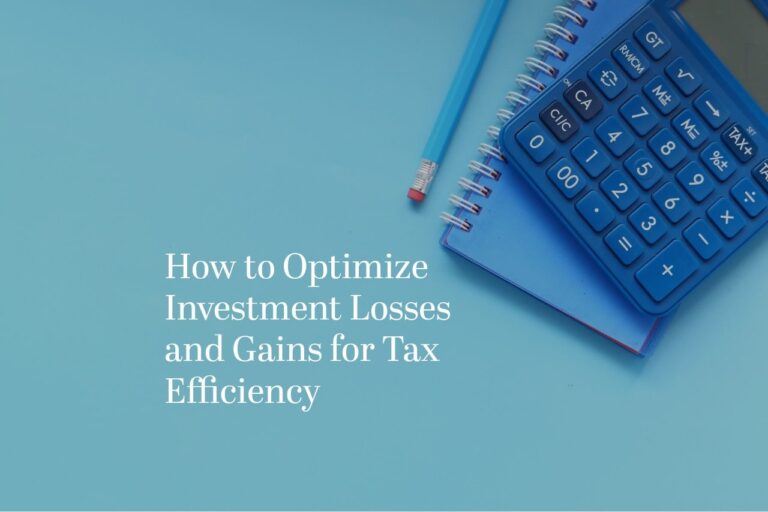Building Passive Income Strategies to Support Your Financial Goals
Passive income is a financial concept that allows you to earn money with minimal ongoing effort. Unlike traditional active income, which requires direct labor in exchange for payment, passive income streams are designed to generate earnings with less daily involvement. While passive income strategies do not equal effortless income, they provide opportunities to supplement earnings and create financial flexibility over time.
Types of Passive Income Strategies
There are multiple ways to generate passive income, and each method varies in terms of effort, risk, and potential returns. Below are some common categories of passive income:
1. Investment-Based Passive Income Strategies
This type of passive income comes from financial investments that generate earnings over time. Some common examples include:
- Dividend Stocks: Investing in dividend-paying stocks allows individuals to receive periodic payments from companies that distribute a portion of their profits.
- Bonds: Fixed-income securities, such as government and corporate bonds, provide interest payments over a set period.
- Real Estate Investment Trusts (REITs): REITs offer a way to invest in real estate without directly managing properties. These funds distribute a portion of their rental income as dividends to investors.
- Index Funds and ETFs: Exchange-traded funds (ETFs) and index funds allow for diversified investment in the stock market, potentially generating returns with less hands-on management.
2. Real Estate Passive Income
Real estate can be a valuable source of passive income when managed effectively. Some ways to earn passive income through real estate include:
- Rental Properties: Owning residential or commercial properties and renting them out can generate recurring income. This may require property management or hiring a property manager to handle tenant relations.
- Short-Term Rentals: Platforms like Airbnb and Vrbo provide an opportunity for property owners to rent spaces for short-term stays, which can potentially be profitable in popular locations.
- Real Estate Crowdfunding: Investors can participate in real estate ventures through crowdfunding platforms, pooling resources with others to invest in property developments without direct ownership responsibilities.
3. Online and Digital Passive Income
With advancements in technology, the internet has provided new opportunities to generate passive income, including:
- Affiliate Marketing: By promoting products or services through personalized affiliate links, you can earn commissions on sales generated from their referrals.
- Digital Products: Selling ebooks, online courses, templates, or stock photography allows content creators to earn money repeatedly from a single product.
- Blogging and Content Monetization: Websites that attract traffic through valuable content can earn income through advertisements, sponsored posts, and membership subscriptions.
- YouTube and Podcasting: Creators who produce engaging video or audio content can monetize their platforms through ad revenue, sponsorships, and viewer contributions.
4. Business and Licensing Income
Entrepreneurs and business owners can create passive income through various business structures:
- Franchising: Business owners who establish a successful brand may allow others to open franchises, generating revenue through franchise fees and royalties.
- Automated Businesses: E-commerce stores that utilize dropshipping or automated fulfillment services can generate income with minimal hands-on involvement.
- Intellectual Property Licensing: Authors, musicians, and inventors can earn royalties from their intellectual property by licensing their work to third parties.
Considerations When Building Passive Income
Before pursuing passive income opportunities, it is important to consider several factors that may impact success:
1. Initial Investment and Effort
Many passive income streams require upfront investment—whether it’s money, time, or both. Real estate and stock investments require capital, while digital products and content creation demand time and effort before generating income.
2. Risk Assessment
All investments come with risks. Stock market fluctuations, real estate market downturns, and online business uncertainties can impact passive income streams. Diversification and thorough research can help manage risks.
3. Legal and Tax Implications
Different sources of passive income have varying tax treatments. Rental income, dividends, and royalties may be taxed differently, so consulting with a financial professional may help clarify tax obligations.
4. Sustainability and Maintenance
While passive income requires less daily involvement than active income, some streams still need occasional management. Rental properties require tenant oversight, online content needs updates, and investments require periodic reviews.
Getting Started with Passive Income
To begin building passive income, you can follow these steps:
- Assess Financial Goals – Determine the purpose of generating passive income, whether it’s supplementing primary income, preparing for retirement, or achieving financial independence.
- Research Different Options – Explore various passive income methods and choose the ones that align with skills, interests, and risk tolerance.
- Start Small and Scale Gradually – Begin with a manageable investment or project and expand as experience grows.
- Reinvest and Diversify – Earnings from passive income can be reinvested into additional income streams to build long-term financial stability.
- Monitor and Adjust – Regularly review passive income sources to ensure they align with financial goals and make adjustments as needed.
Passive Income Strategies for Scaling Your Income
Understanding passive income involves recognizing different income streams, evaluating risks and benefits, and taking a strategic approach to building sustainable earnings. While passive income may require upfront effort or investment, it offers opportunities for long-term financial growth. By carefully selecting and managing income sources, you can create additional revenue streams that complement your overall financial plan.
Illuminated Advisors is the original creator of the content shared herein. I have been granted a license in perpetuity to publish this article on my website’s blog and share its contents on social media platforms. I have no right to distribute the articles, or any other content provided to me, or my Firm, by Illuminated Advisors in a printed or otherwise non-digital format. I am not permitted to use the content provided to me or my firm by Illuminated Advisors in videos, audio publications, or in books of any kind.








